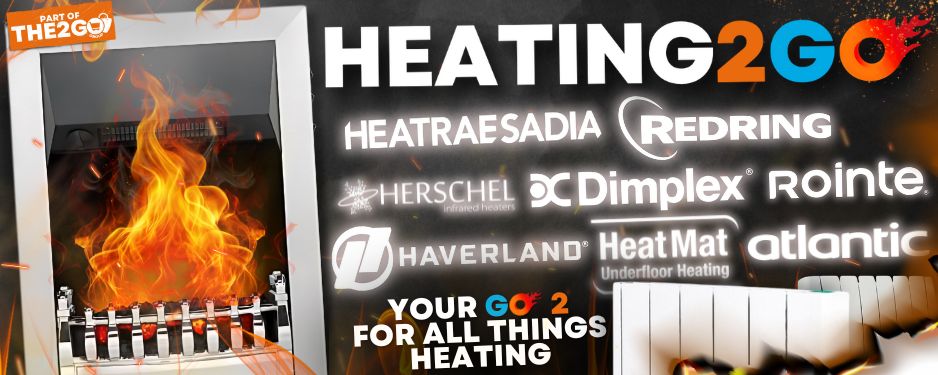L
LeadByExample
Hi all,
This topic is sort of the result of another post started by me.
My question is as follows:
In a domestic central heating system, what temperature drop across a radiator is taken as standard and what is the maximum feasible drop?
Or in other words what drop could be achieved.
If the answer is conditional, add the condition (i.e. if it is only valid for Combi Boilers or very large homes in isolated areas etc. etc.).
I have read 11°C and 12°C were 'standard' but I have also come across 10°C.
Regards
PS.
Please note this is the drop across the radiators, NOT the drop in temperature between flow and return at the boiler! Which should be (around) 20°C, I believe.
This topic is sort of the result of another post started by me.
My question is as follows:
In a domestic central heating system, what temperature drop across a radiator is taken as standard and what is the maximum feasible drop?
Or in other words what drop could be achieved.
If the answer is conditional, add the condition (i.e. if it is only valid for Combi Boilers or very large homes in isolated areas etc. etc.).
I have read 11°C and 12°C were 'standard' but I have also come across 10°C.
Regards
PS.
Please note this is the drop across the radiators, NOT the drop in temperature between flow and return at the boiler! Which should be (around) 20°C, I believe.



